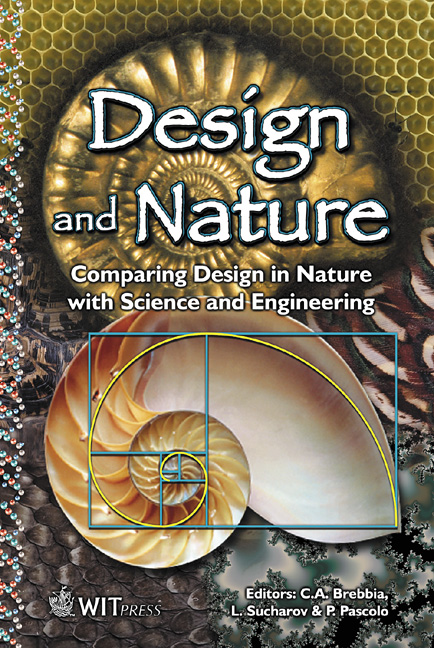Liquid Crystals Thermography For Technical And Biomedical Application
Price
Free (open access)
Transaction
Volume
57
Pages
Published
2002
Size
1117 kb
Paper DOI
10.2495/DN020341
Copyright
WIT Press
Author(s)
J. Stasiek, M. Wierzbowski, S. Klosowicz, J. Zmija & M. W. Collins
Abstract
The discovery of cyanobiphenyl liquid crystals by Gray et al., the evaluation of their properties at the Royal Signals & Radar Establishment and their commercialisation by BDH (now Merck Ltd) revolutionized liquid crystal (LC) technology and made possible dramatic advances in liquid crystal displays technology over the last decade. Also, the development of LC technique for temperature and temperature gradients measurement over the past ten years, coupled with digital image processing, has opened some new approaches for technical and biomedical thermographic research and may lead to important changes of its application during the next decade. The main purpose of this paper is to describe the Thermochromic Liquid Crystal (TLC) technique and to report its use to certain technical and biomedical situations, e.g. the study of heat and mass transfer, skin diseases and other medical applications enabled by the new experimental capability. Thermographic methods are fast, reliable and easy for processing and can be adopted in numerous technical problems connected with heat transport. Moreover, they are successfully used as additional non-invasive diagnostic methods especially useful for screening large groups of potential patients. In case of several diseases they are concerned as the main diagnostic methods. In this paper novel applications of thermochromic liquid crystals (TLC), with illustrative examples from our own work, are presented.
Keywords





